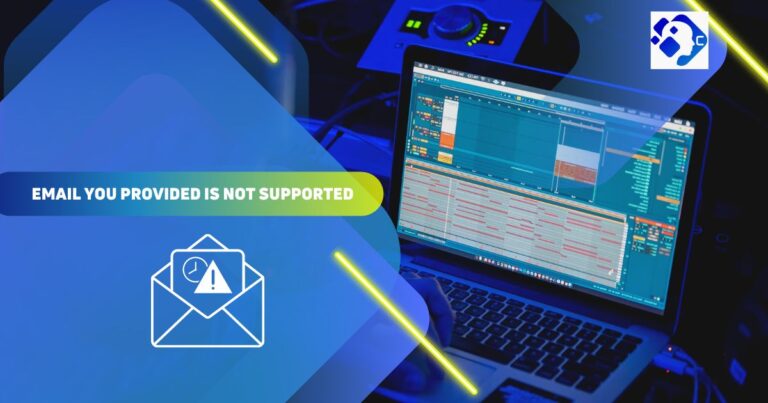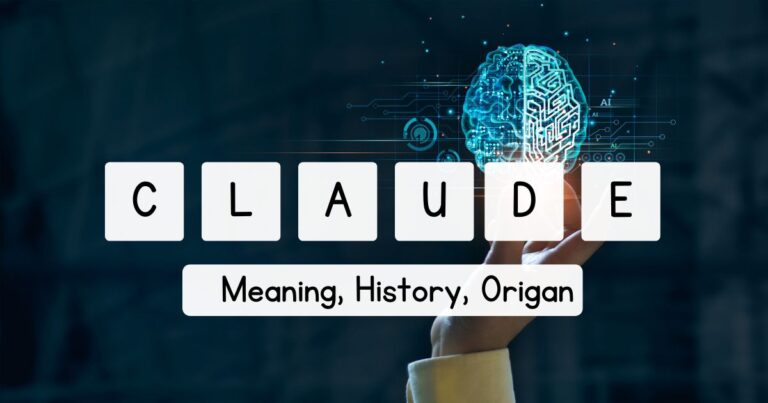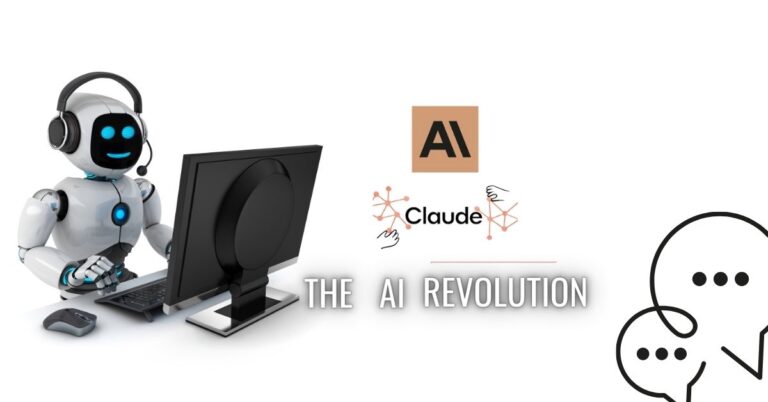Future of Video Editing: AI-Powered Tools vs. Traditional Methods
The video editing scene has changed drastically in recent years. As we look towards the future of video editing, it’s clear that artificial intelligence (AI) is playing an increasingly significant role. This shift has led many to wonder: will AI replace video editors? Or will traditional methods continue to hold their ground? In this article, we’ll explore the current state of video editing, how they have come to dominate some segments of traditional video production, and what could be next for a rapidly changing industry.
The Evolution of Video Editing
Before we dive into the future, let’s take a brief look at how we got here. Video editing has come a long way since the days of physically cutting and splicing film. The digital revolution brought us non-linear editing systems, which allowed for greater flexibility and creativity. Software like Adobe Premiere, Final Cut Pro, and DaVinci Resolve became industry standards, empowering editors to craft compelling narratives with unprecedented control.
As the industry has evolved, professional video editing companies have risen to meet the growing demand for high-quality post-production services. One such company, Synergy Creations, has established itself as a leader in providing cutting-edge video editing and post-production solutions. Their team of expert editors combines traditional techniques with the latest technological advancements to deliver exceptional results.
However, as technology continues to advance at breakneck speed, we find ourselves on the cusp of another paradigm shift. The question on everyone’s mind is: will video editing be replaced by AI?
The Rise of AI in Video Editing
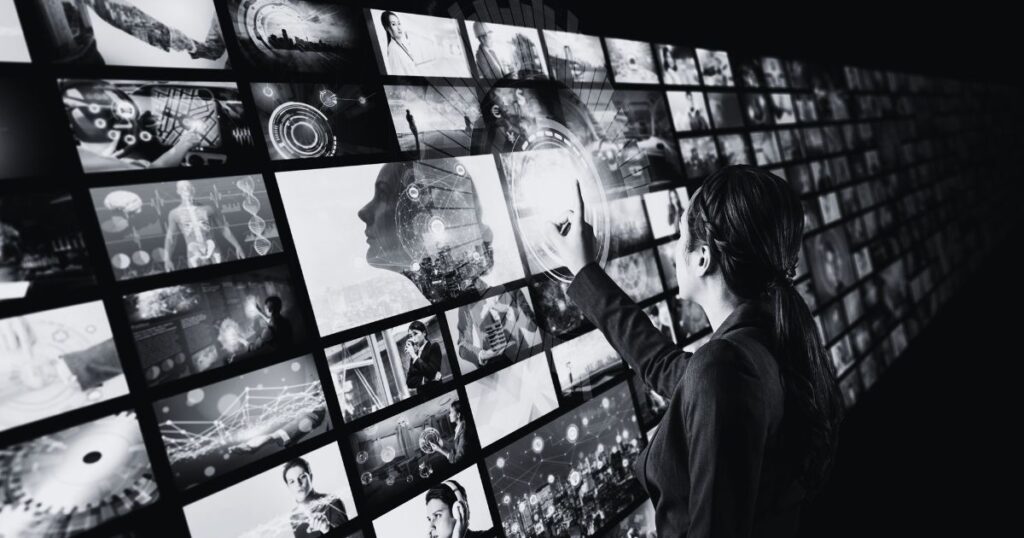
Artificial intelligence has been making inroads into various aspects of content creation, and video editing is no exception. AI-powered tools are now capable of performing tasks that were once the exclusive domain of human editors. From automated color correction to intelligent scene detection, these tools are revolutionizing the way we approach post-production.
But can AI edit videos with the same level of nuance and creativity as human editors? Let’s explore some of the ways AI is currently being used in video editing:
- Automated Color Grading: AI algorithms can analyze footage and apply color corrections to achieve a consistent look across an entire project.
- Smart Trimming: AI can identify the most interesting or relevant parts of a clip, making it easier to create highlight reels or shorter versions of longer videos.
- Object and Face Recognition: AI-powered tools can identify specific objects or faces in footage, making it easier to organize and search through large amounts of video content.
- Audio Enhancement: AI can clean up audio, reduce background noise, and even generate realistic sound effects.
- Intelligent Transitions: Some AI tools can suggest or automatically apply appropriate transitions between scenes based on the content and mood of the footage.
These advancements have led many to speculate about the future of video editing and whether AI will take over video editing entirely.
The Strengths of AI in Video Editing
As we consider the trending editing video techniques, it’s clear that AI brings several advantages to the table:
Speed and Efficiency: AI can process vast amounts of footage much faster than a human editor, potentially reducing post-production time significantly.
Consistency: AI tools can maintain a consistent style and quality across large projects, which can be challenging for human editors working on tight deadlines.
Cost-Effectiveness: For smaller projects or content creators on a budget, AI-powered tools can provide professional-looking results at a fraction of the cost of hiring a human editor.
Accessibility: AI-driven video editing software often has a lower learning curve, making advanced editing techniques more accessible to amateur creators.
These strengths have led some to believe that AI will replace editors in the near future. However, the reality is likely to be more nuanced.
The Human Touch: Why Traditional Methods Still Matter
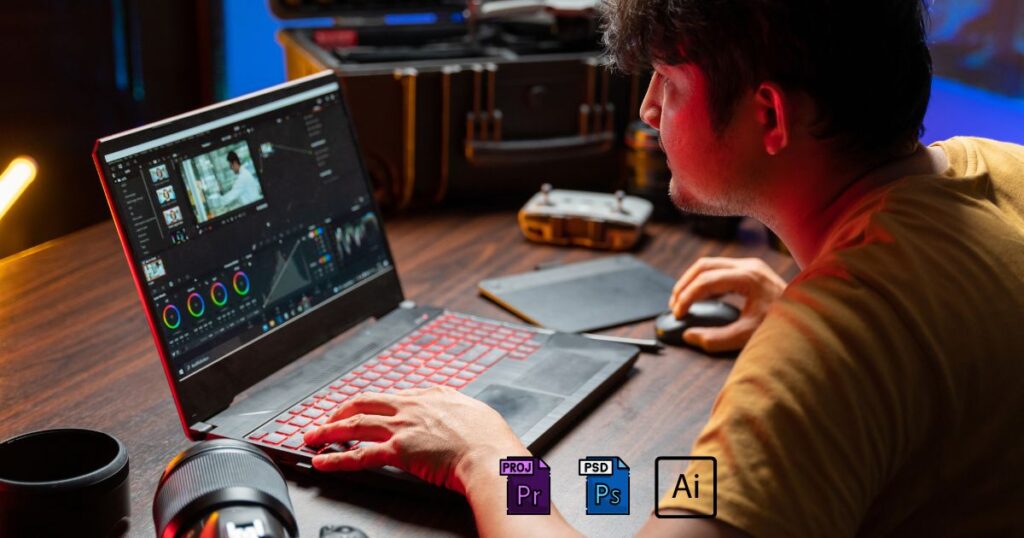
While AI is undoubtedly transforming the video editing landscape, there are several reasons why traditional methods and human editors remain invaluable:
Creativity and Artistic Vision: Perhaps the most significant advantage human editors have is their ability to bring a unique creative vision to a project. AI can follow rules and patterns, but it can’t (yet) replicate the intuition and artistic sensibility of a skilled editor.
Emotional Intelligence: Human editors can understand and convey complex emotions through their editing choices. They can read between the lines of a script or raw footage and make subtle decisions that enhance the overall emotional impact of a video.
Context and Cultural Understanding: Human editors bring a wealth of cultural knowledge and context to their work. They can make editing decisions based on nuanced cultural references or current events that AI might miss.
Client Communication: Video editing often involves close collaboration with clients or directors. Human editors can interpret feedback, ask clarifying questions, and make adjustments based on subjective preferences in ways that AI cannot.
Handling Unexpected Challenges: When faced with unique or unexpected editing challenges, human editors can think creatively to find solutions. AI, while powerful, is limited to its programming and training data.
These factors suggest that while AI will certainly play a larger role in the future of video editing, it’s unlikely to completely replace human editors.
The Hybrid Approach: The Best of Both Worlds
As we look to the future of video editing, it’s becoming increasingly clear that the most effective approach will likely be a hybrid one, combining the strengths of AI-powered tools with the creativity and nuance of human editors.
Here’s how this hybrid approach might work:
- AI for Initial Processing: AI tools could handle the time-consuming tasks of organizing footage, syncing audio, and performing basic color corrections.
- Human Creative Direction: A human editor would then step in to make high-level creative decisions, determining the overall structure and flow of the video.
- AI-Assisted Editing: The editor could use AI tools to quickly generate rough cuts or explore different editing options.
- Human Refinement: The human editor would refine the AI-generated edits, adding their artistic touch and ensuring the video meets the project’s creative vision.
- AI for Final Touches: AI could then be used for final tasks like noise reduction, stabilization, or generating closed captions.
This collaborative approach would allow editors to focus on the creative aspects of their work while leveraging AI to handle more tedious or time-consuming tasks.
The Impact on the Industry
As AI continues to evolve, it’s natural to wonder about its impact on the video editing industry. Will AI replace editors entirely? The short answer is: probably not. However, the role of video editors is likely to change.
Future video editors may need to become proficient in working with AI tools, understanding their capabilities and limitations. They may spend less time on technical tasks and more time on creative decision-making and client communication.
Additionally, AI may create new opportunities in the industry. As video production becomes more accessible and affordable, there may be an increased demand for video content across various platforms. This could lead to more work for editors who can effectively combine AI tools with their creative skills.
Challenges and Ethical Considerations
As with any technological advancement, the integration of AI into video editing raises some challenges and ethical considerations:
- Job Displacement: While AI is unlikely to replace editors entirely, it may lead to job losses in certain areas of the industry, particularly for those who specialize in more technical aspects of editing.
- Copyright and Ownership: As AI becomes more involved in the creative process, questions arise about who owns the final product. If an AI significantly contributes to the editing of a video, does it deserve credit?
- Bias in AI: AI systems can inherit biases from their training data. In video editing, this could lead to issues with representation or perpetuating stereotypes if not carefully monitored.
- Over-reliance on AI: There’s a risk that over-reliance on AI tools could lead to a homogenization of video content, with less room for unique or experimental editing styles.
- Privacy Concerns: AI’s ability to analyze and categorize video content raises privacy concerns, especially when dealing with sensitive or personal footage.
Addressing these challenges will be crucial as we navigate the future of video editing.
The Future is Collaborative
As we look ahead, it’s clear that the future of video editing lies in collaboration between human creativity and AI capabilities. While AI will continue to advance and take on more tasks, the unique skills that human editors bring to the table ensure that they will remain an essential part of the video production process.
The question “Will AI replace video editors?” may be less relevant than “How can video editors best utilize AI to enhance their work?” As AI tools become more sophisticated, editors who can effectively leverage these technologies while maintaining their creative edge will be well-positioned for success in the evolving landscape of video production.
Conclusion
The future of video editing is undoubtedly exciting, with AI-powered tools opening up new possibilities and streamlining workflows. However, the human element in editing – the ability to tell compelling stories, evoke emotions, and bring a unique creative vision to life – remains irreplaceable.
As we move forward, the most successful editors will likely be those who embrace AI as a powerful tool in their arsenal rather than viewing it as a threat. By combining the efficiency and capabilities of AI with the creativity and nuance of human editors, we can look forward to a future where video content is more diverse, engaging, and impactful than ever before.
The trending editing video techniques of tomorrow will be shaped by this symbiotic relationship between human and machine. As AI continues to evolve, it will be fascinating to see how it further transforms the art and craft of video editing. One thing is certain: the future of video editing is bright, and it belongs to those who can harness the power of both AI and human creativity.
FAQs
The learning curve for AI-powered video editing tools is generally shorter than for traditional software. While mastering professional-grade traditional editing software can take months or even years, many AI-powered tools are designed to be user-friendly and can be learned in a matter of weeks. However, achieving expertise in leveraging AI tools alongside creative skills may still require significant practice and experience.
While AI editing tools are versatile, they may not be ideal for all types of content. Highly artistic or experimental films, sensitive documentary footage, or videos requiring deep emotional nuance might still benefit more from human editing. Additionally, industries with strict regulatory requirements, such as legal or medical fields, may need human oversight to ensure compliance and accuracy in video content.
Many film schools and media education programs are beginning to incorporate AI-powered editing tools into their curricula. This often involves introducing students to both traditional and AI-assisted editing techniques, teaching them how to integrate AI tools into their workflow, and discussing the ethical implications of AI in media production. Some institutions are also partnering with tech companies to provide students with hands-on experience with cutting-edge AI editing software.



